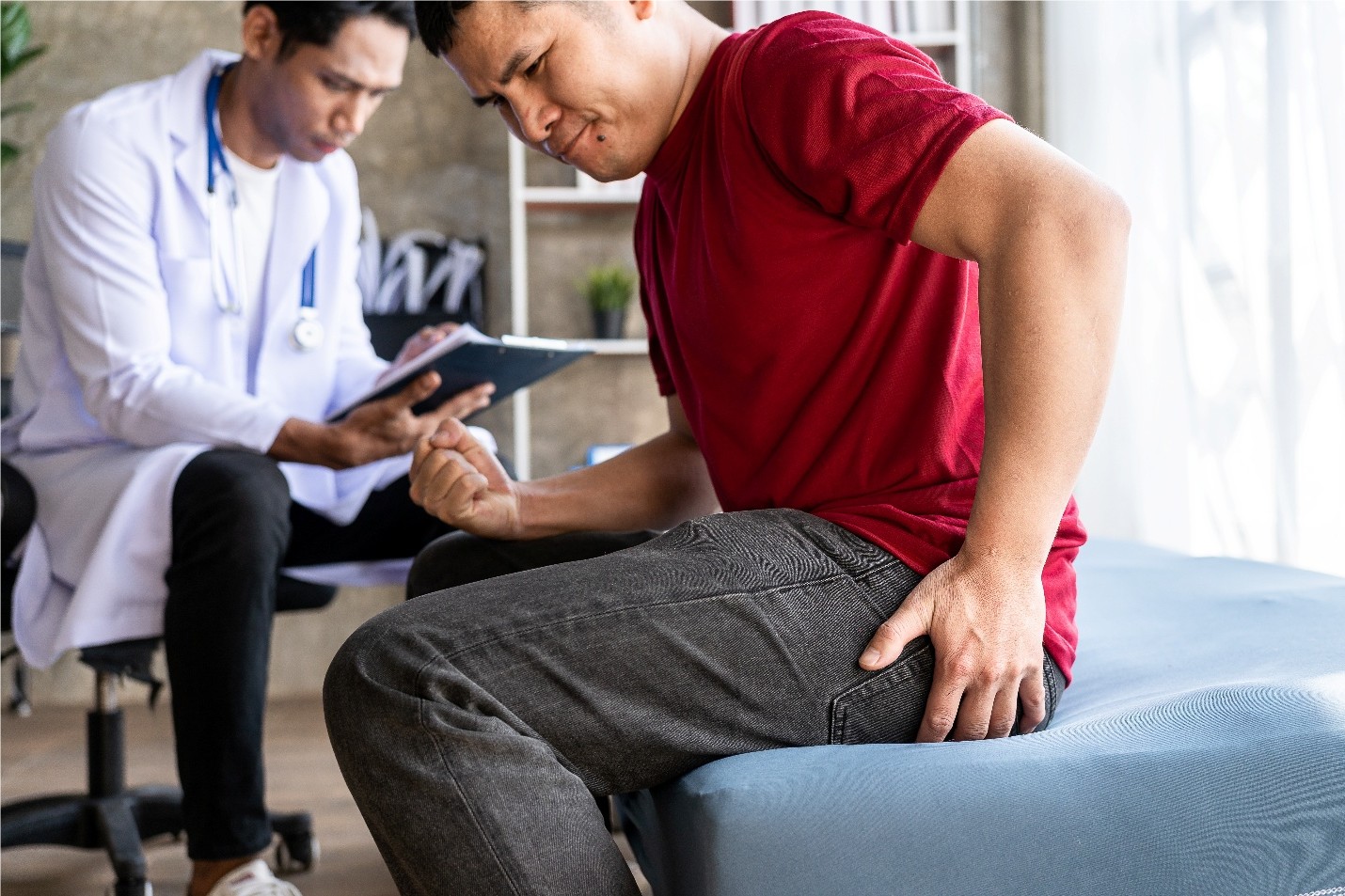What is a pilonidal cyst?
A pilonidal cyst is a small sac that sticks up from inside the skin. It’s usually located near the tailbone at the top of the buttocks crease. These cysts can contain hair, skin fragments, and other tissue.
Pilonidal cysts are common in young men. They’re also common in people who sit for long periods of time, such as truck drivers. Because they often involve an ingrown hair, the condition also is common in barbers and dog groomers who are often around hair. People with a lot of body hair, who are overweight, and don’t exercise much also are at risk for these cysts.
Symptoms of a pilonidal cyst
A pilonidal cyst may appear as a small lump or dimple on the skin. At first, you may have no symptoms. However, sometimes pilonidal cysts can become infected. When this happens, the cyst can become very painful. If it’s infected, you also may notice:
- You have a fever
- The area is swollen and red
- Pus oozing from an opening in the skin
- A foul smell in the area
What causes pilonidal cysts?
Pilonidal cysts can happen for many reasons:
- Most pilonidal cysts seem to be caused by ingrown hairs. These are hairs that grow back into the skin instead of growing out. Your body doesn’t know what the ingrown hair is, so it forms a cyst around it.
- Some cysts form around a ruptured hair follicle. This is the structure from which a hair grows.
- Cysts can form if you have trauma to your tailbone.
Some babies are born with a small dimple just above the crease of the buttocks, called a sacral dimple. Sacral dimples can become infected and form a pilonidal abscess.
How is a pilonidal cyst diagnosed?
Your doctor will talk with you about your symptoms. They also will examine your tailbone area
Can a pilonidal cyst be prevented or avoided?
You can help prevent pilonidal cysts by maintaining a healthy weight. If possible, avoid sitting for long periods of time. Also, keep that area of your body especially clean.
Pilonidal cyst treatment
If your cyst has no symptoms and isn’t bothering you, nothing will likely need to be done. However, if your cyst becomes infected, your doctor will likely want to release it. This will help it go away. This procedure can usually be done in your doctor’s office. They will numb the area where the cyst is located. Your doctor will then drain any pus from inside the cyst, and remove any hairs found in the cyst.
Many pilonidal cysts recur (come back). If this happens, you may need surgery to have it removed.
Living with a pilonidal cyst
If you have a pilonidal cyst, follow these tips to help keep it from becoming infected:
- Shave around the cyst area to help prevent hairs from getting into the cyst.
- Clean the cyst area with a mild soap and rinse well to remove any soap residue.
- Avoid sitting for long periods of time.




